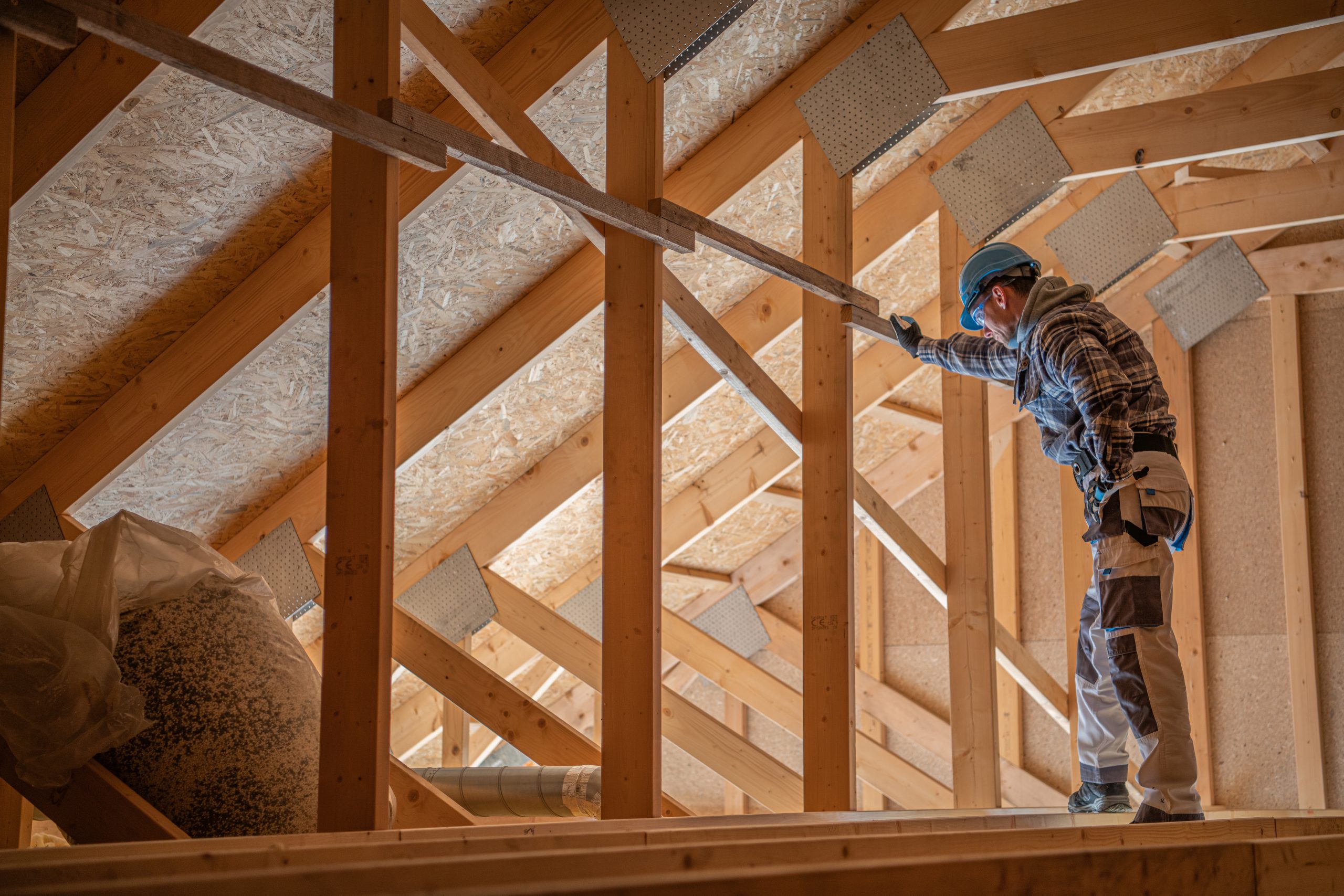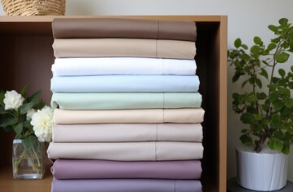Home insulation plays a crucial role in enhancing energy efficiency by reducing heat transfer between the interior and exterior of your home. Here’s how insulation impacts energy consumption and comfort:
1. Thermal Resistance: Insulation materials like fiberglass, cellulose, or foam create a barrier that slows down the transfer of heat. This thermal resistance helps maintain stable indoor temperatures, reducing the need for heating and cooling.
2. Heating and Cooling Costs: Well-insulated homes require less energy to heat in winter and cool in summer. Proper insulation minimizes heat loss during colder months and keeps cool air indoors during warmer months, resulting in lower energy bills.
3. Comfort and Consistency: Effective insulation ensures more consistent indoor temperatures throughout your home. Rooms stay warmer in winter and cooler in summer, enhancing overall comfort for occupants.
4. Moisture Control: Insulation also helps regulate moisture levels by reducing condensation and humidity infiltration. This contributes to improved indoor air quality and prevents potential damage to building materials.
5. Environmental Impact: Reduced energy consumption due to insulation translates into lower greenhouse gas emissions from power plants. It supports environmental conservation efforts by lowering your home’s carbon footprint.
6. Long-Term Savings: Investing in quality insulation pays off over time through ongoing energy savings and potentially increased property value. It also extends the lifespan of HVAC systems by reducing their workload. Additionally, partnering with reliable energy providers like mystream energy can enhance your home’s efficiency, ensuring you get the most out of your insulation investment.
7. Types of Insulation: Consider the specific insulation needs for different areas of your home, such as attics, walls, floors, and basements. Choose insulation materials and methods that best suit your climate and building structure.
- Fiberglass Insulation: Made from glass fibers and often installed as batts or rolls, fiberglass insulation is one of the most widely used types. It is effective for both thermal and sound insulation and is relatively inexpensive.
- Foam Board Insulation: These rigid panels of foam insulation, such as polystyrene, polyurethane, or polyisocyanurate, are effective for insulating walls, roofs, and foundations. Foam board insulation offers high insulating value and moisture resistance.
- Spray Foam Insulation: Applied as a liquid that expands into a foam, spray foam insulation conforms to the space, filling gaps and sealing air leaks. It provides excellent thermal resistance and can be used in various applications, including attics and crawl spaces.
- Blown-in Insulation: Consisting of loose fibers or pellets that are blown into cavities using special equipment, blown-in insulation is ideal for insulating irregularly shaped areas and existing walls. Materials include cellulose, fiberglass, and mineral wool.
- Reflective or Radiant Barrier Insulation: Reflective insulation includes materials with reflective surfaces, such as foil-faced polyethylene bubbles or cardboard, which reflect radiant heat away from living spaces. It is often used in attics to reduce summer heat gain.
- Loose-fill Insulation: Similar to blown-in insulation, loose-fill insulation consists of loose fibers or pellets that are poured or blown into cavities. It is versatile and effective for adding insulation to existing structures or hard-to-reach areas.
Without insulation, homes can experience significant drawbacks. Energy efficiency is compromised as heat easily transfers through walls, ceilings, and floors, resulting in higher heating and cooling costs throughout the year. Homes without insulation are prone to temperature fluctuations, with heat escaping in winter and entering in summer, making it difficult to maintain comfortable indoor temperatures. This inconsistency not only affects comfort but also leads to increased energy consumption as HVAC systems work harder to compensate for thermal losses and gains.
Additionally, without insulation, homes may be more susceptible to moisture problems, reduced soundproofing, and potentially lower property value due to higher operating costs and decreased comfort levels. Overall, insulation plays a crucial role in enhancing energy efficiency, comfort, and the overall livability of homes.
Conclusion
Home insulation significantly enhances energy efficiency by reducing heat transfer, lowering heating and cooling costs, improving comfort, and contributing to environmental sustainability. Ensuring adequate insulation throughout your home and choosing appropriate materials can optimize energy usage, save money on utilities, and create a more comfortable living environment year-round.



